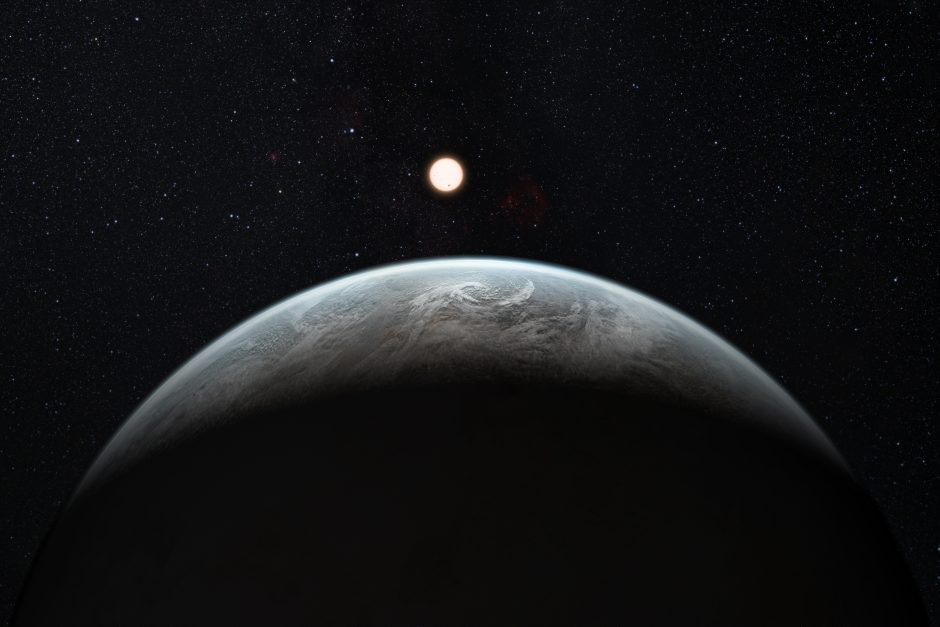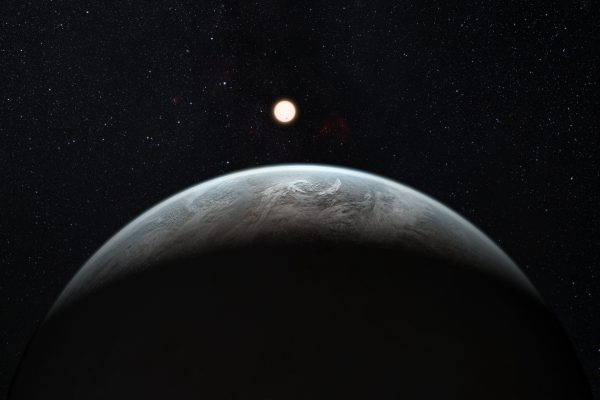A habitable planet in the constellation of the Whale ?

An international team of astronomers, including researchers from the University of Geneva (UNIGE) and the NCCR PlanetS, discovered a rocky planet in the habitable area of a small star. The mass of this planet makes it particularly interesting since it would allow it to retain an atmosphere and thus make possible the emergence of life. A result to read in the 20th April edition of the journal Nature.
The new planet is a super-earth 1.4 times bigger and seven times more massive than Earth. It turns in 25 days around the red dwarf LHS 1140 in the constellation of the Whale. The discovery of LHS 1140b was made with Cambridge’s MEarth instrument (MstarEarth) by detecting the mini eclipse (transit) caused by the passage of the planet in front of its star, which also makes it possible to calculate its radius. To know the mass of the planet and to deduce its density, the authors used HARPS, the instrument of the European Southern Observatory (ESO), installed in Chile and built by the UNIGE observatory.

Artist view of LHS1140b (Credit ESO)
This discovery is remarkable in three ways. First of all, by nature itself, this planet is rocky, located in the habitable zone of its star, and is above all massive enough to retain a possible atmosphere without which life could not develop. Second, because it orbits a cold star, indicating once more that the quest for exoplanets is not limited to stars of the solar type, as it has already been verified with Proximab and Trappist-1, which are also small M cold stars. Third, because the measurement of its mass by HARPS proves once again the effectiveness of the instrument designed in Geneva and which remains to date the best in the world, as remind Stéphane Udry, professor in the Department of Astronomy of the Faculty of Sciences of UNIGE.
This planet will undoubtedly be a target for the future giant telescopes currently under construction. They alone will be able to detect the atmosphere of this planet if it exists, and to make the chemical analysis to discover the presence of bioelements such as oxygen or water vapor.

